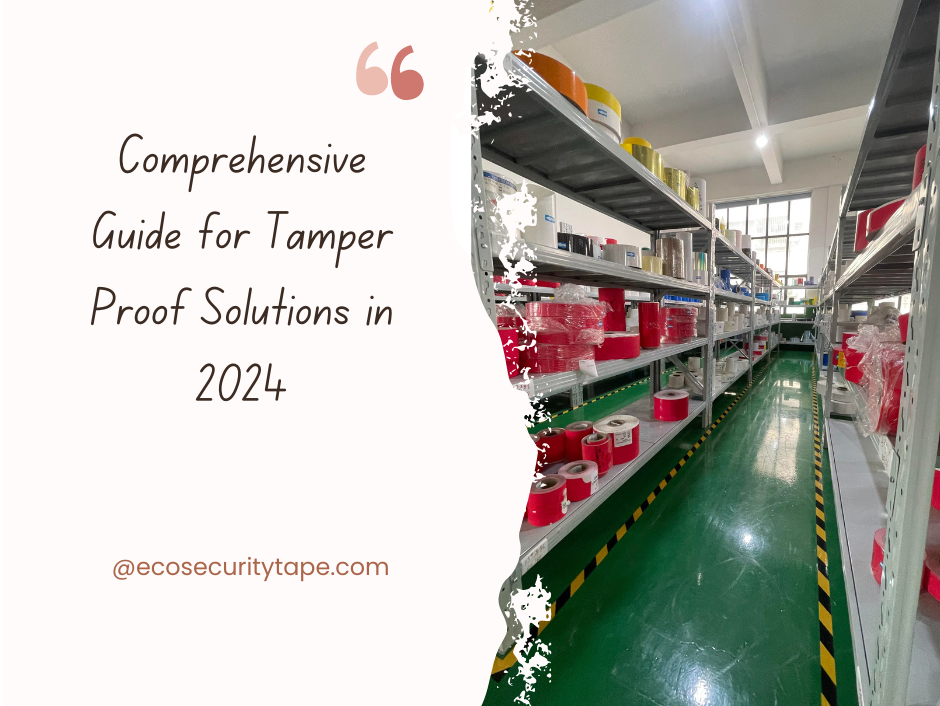Expert Guide to Customized Security Solutions from Top Access Control Systems Manufacturers
Expert Guide to Customized Security Solutions from Top Access Control Systems Manufacturers
Blog Article
Checking Out the Duty of Gain Access To Control Equipment in Enhancing Safety And Security Devices Performance and Efficiency
Gain access to control systems are significantly acknowledged as crucial components in the landscape of safety monitoring, providing a structured approach to control accessibility to sensitive locations and details. Their ability to integrate with different protection technologies, such as surveillance cams and alarm system systems, dramatically enhances the general performance and efficiency of security operations. As companies navigate the complexities of execution and management, numerous obstacles arise that warrant consideration. What implications do these challenges hold for the future of safety and security protocols and innovations?
Recognizing Gain Access To Control Solution
Access control systems play a critical duty in making certain the protection of various environments, from business offices to sensitive federal government facilities. These systems manage who can enter or exit a designated location, therefore securing assets and sensitive information. The essential parts of access control systems include consent, authentication, and identification processes.
Identification includes verifying an individual's identification, normally with credentials such as crucial cards, biometric information, or passwords. As soon as determined, authentication confirms the individual's right to access, often via multi-factor authentication approaches to boost safety. Consent establishes the degree of accessibility provided, permitting for separated authorizations based on duties within the organization.
Gain access to control systems can be classified right into 2 major types: rational and physical. Physical gain access to control refer to tangible places, while sensible gain access to control governs digital information systems. Both kinds work synergistically to offer thorough security options.
Combination With Protection Technologies
The integration of access control systems with various other protection innovations is crucial for developing an alternative safety and security atmosphere. By incorporating access control with video surveillance, intrusion detection, and security system, organizations can enhance their general safety and security pose. This interconnected framework enables for real-time surveillance and fast action to security cases, enhancing situational understanding and functional performance.
For circumstances, integrating access control with video surveillance makes it possible for safety and security employees to validate accessibility occasions aesthetically, guaranteeing that just accredited individuals are granted entry. Similarly, when gain access to control systems are linked to alarm, any unapproved access efforts can set off prompt signals, triggering speedy action.
Furthermore, the integration of access control with cybersecurity procedures is increasingly vital in shielding physical assets and sensitive information. By lining up physical protection protocols with IT safety systems, companies can ensure that both physical and digital gain access to factors are kept track of and controlled effectively.
Benefits of Improved Protection Operations

In addition, boosted safety operations facilitate real-time surveillance and occurrence reaction. With integrated systems that encompass security video cameras, alarms, and accessibility controls, safety teams can promptly determine and deal with possible dangers. This proactive strategy permits timely treatments, decreasing the possibility of protection breaches and potential losses.
Furthermore, efficient protection operations add to a culture of safety and security within the organization. Staff members are likely to really feel more safe and secure when they understand that robust actions remain in location, causing boosted morale and efficiency. Furthermore, using data analytics from accessibility control systems enables companies to examine safety and security fads, enhance policies, and allot resources successfully.
Difficulties and Factors To Consider

Furthermore, companies have to resolve the capacity for information violations. Accessibility control systems often take care of delicate details, and any kind of susceptabilities could reveal this information to unauthorized access. customized security solutions. Ensuring robust cybersecurity procedures is necessary to safeguard against such risks
User training is an additional critical factor to consider. Staff members have to understand how to make use of accessibility control systems properly, as incorrect usage can result in safety and security gaps. Moreover, organizations have to balance security with customer ease; excessively restrictive gain access to can prevent performance and cause workarounds that jeopardize security methods.
Compliance with regulatory and lawful requirements is additionally critical. Organizations must make sure that their accessibility control systems satisfy sector requirements and neighborhood legislations, which can differ considerably. Ultimately, the continuous upkeep and monitoring of these systems require committed resources, making it critical for organizations to allot appropriate budget plans and personnel to guarantee lasting effectiveness and performance.

Future Patterns in Accessibility Control
Anticipating the future of gain access to control discloses a landscape significantly shaped by technological innovations and developing protection demands. One significant trend is the combination of fabricated knowledge (AI) and machine knowing, which boost decision-making abilities and automate hazard discovery. These modern technologies enable real-time evaluation of gain access to patterns, enabling even more adaptive and receptive security steps.
Biometric verification is likewise obtaining traction, with improvements in finger print, facial recognition, and iris scanning modern technologies offering improved safety and individual comfort. As these systems become more economical and advanced, their adoption throughout numerous sectors is anticipated to climb.
One more emerging trend is the change in access control manufacturers the direction of cloud-based access control systems. These options provide scalability, remote management, and central information storage space, allowing companies to simplify operations and boost performance.
Moreover, the Net of Things (IoT) is readied to revolutionize access control by enabling interconnected gadgets to connect and share data, thereby improving situational understanding and security responsiveness.
Verdict
In conclusion, accessibility control systems substantially improve the performance and performance of security equipment by helping with exact identification, verification, and consent procedures. While factors to consider and challenges exist, the ongoing evolution of access control innovations guarantees to more boost security procedures.
Accessibility control systems are increasingly recognized as important components in the landscape of protection monitoring, providing an organized strategy to manage accessibility to delicate areas and info. Physical access control pertains to tangible places, while logical gain access to control regulates electronic info systems.The integration of access control systems with various other protection innovations is important for creating a holistic protection setting. Gain access to control systems typically deal with sensitive details, and any type of susceptabilities might subject this data to unapproved gain access to. Organizations have to balance security with customer comfort; excessively restrictive accessibility can impede productivity and lead to workarounds that endanger safety protocols.
Report this page